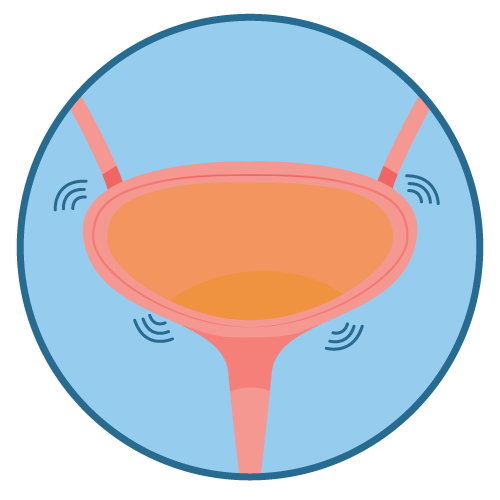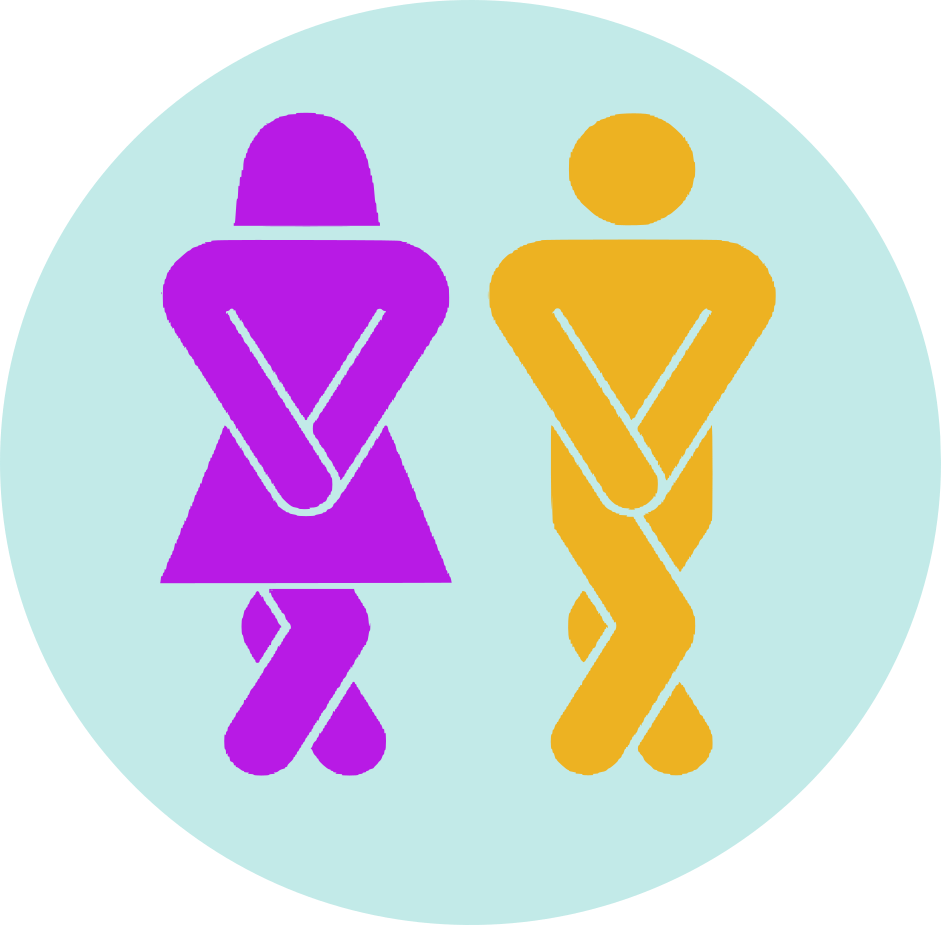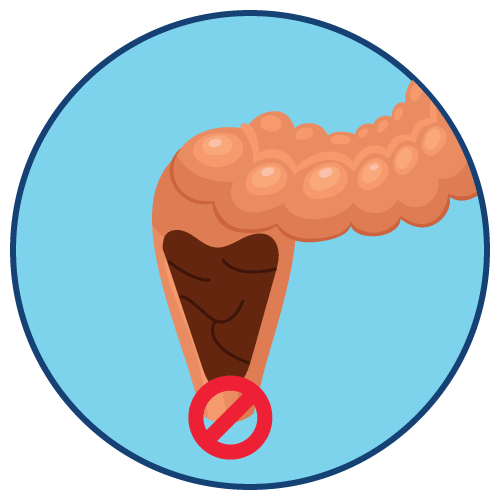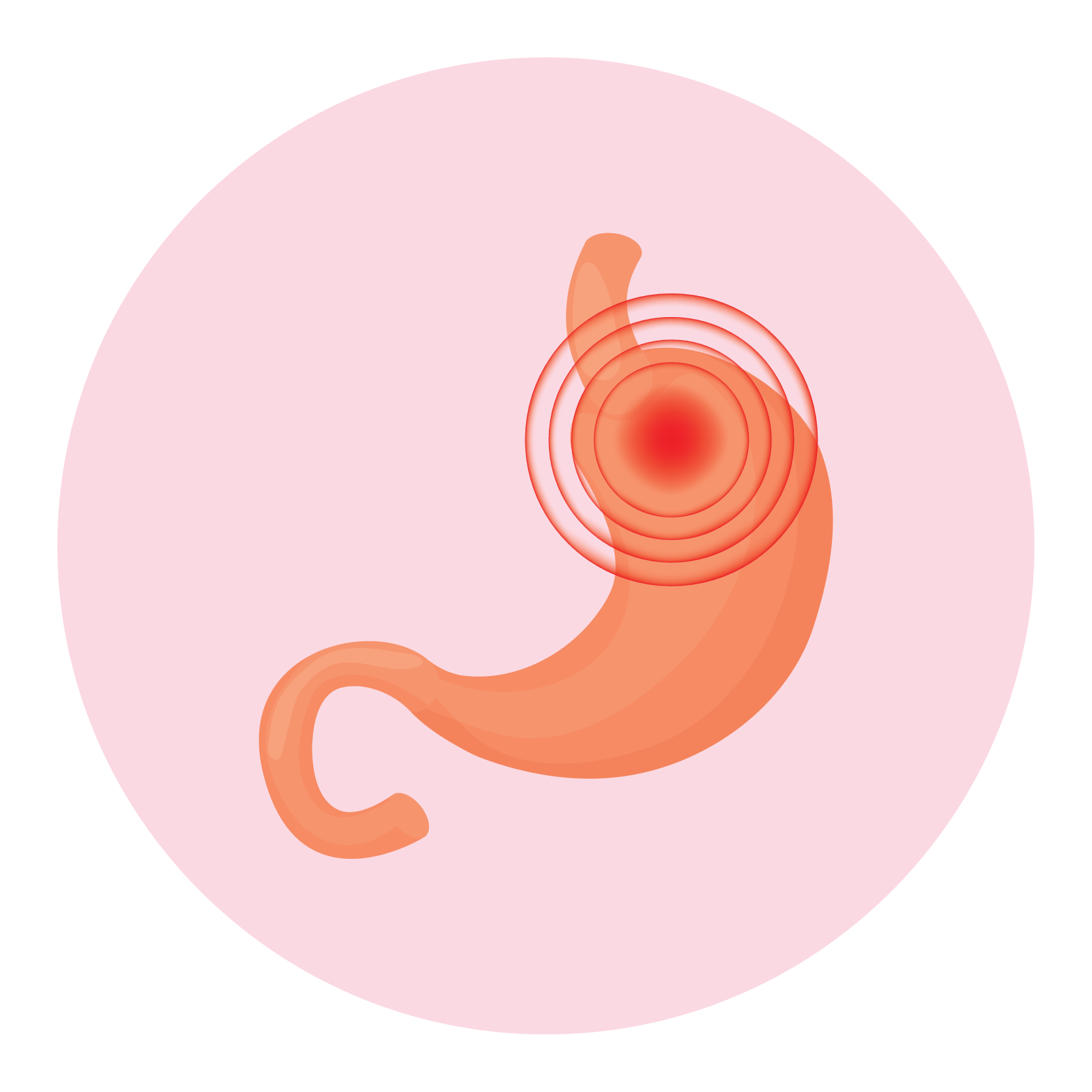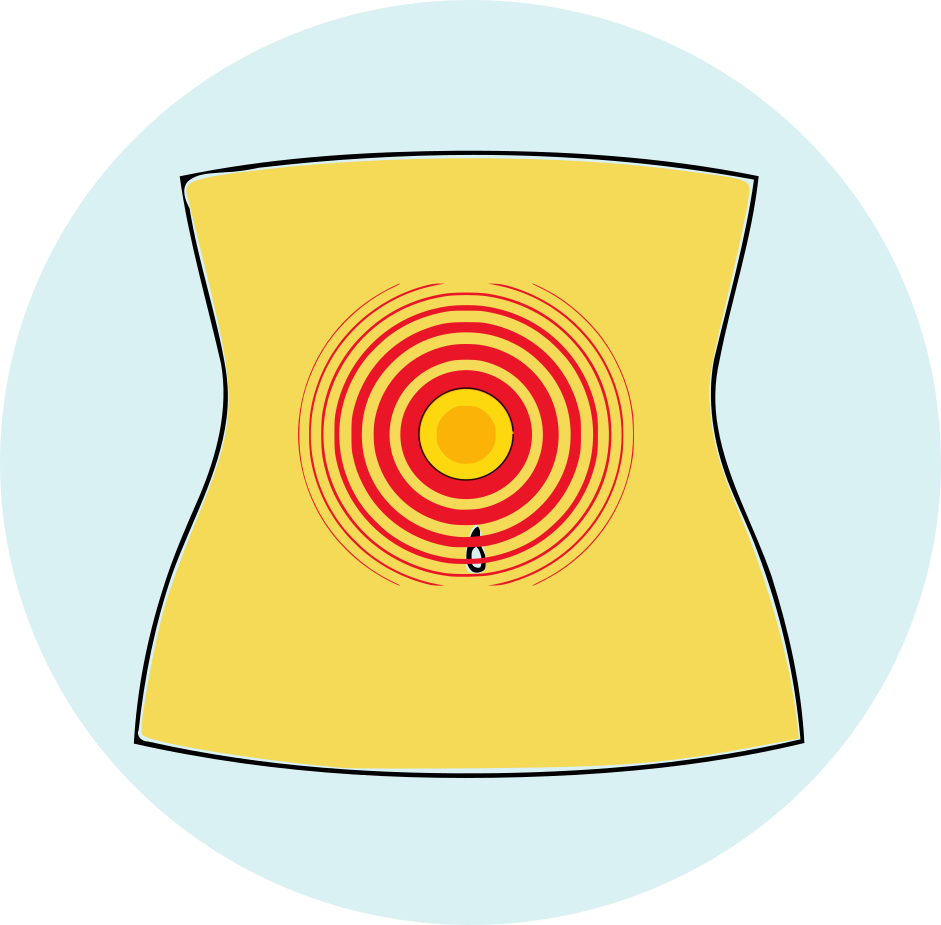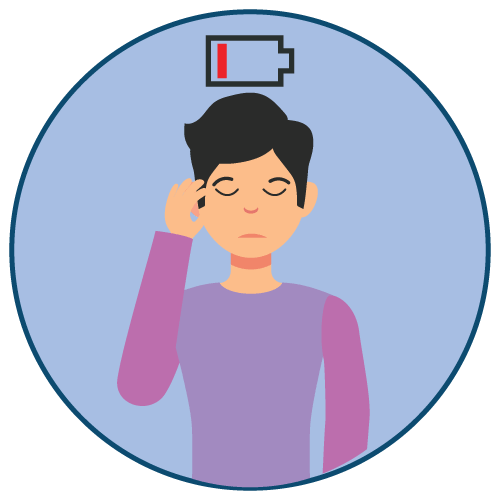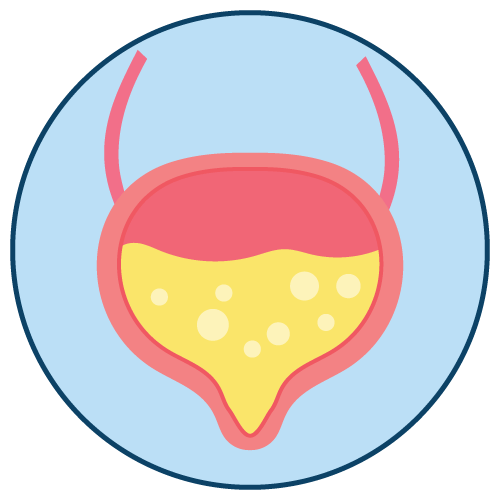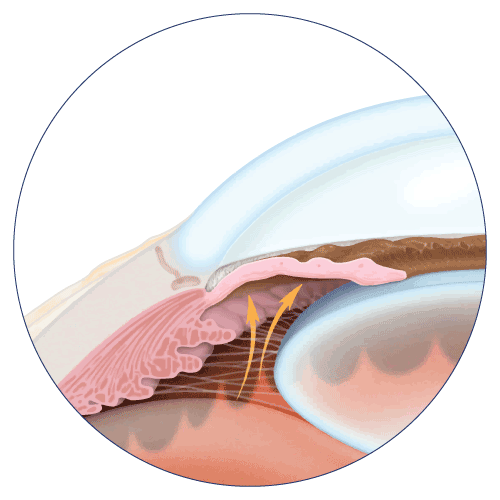| Name | Darifenacin |
| Classes |
Antispasmodic Urinary Antispasmodic |
| Diseases |
Genito-Urinary Disease Urinary Incontinence |
Darifenacin
Darifenacin indicated for the treatment of overactive bladder with symptoms of urge urinary incontinence, urgency and frequency.
The recommended starting dose of darifenacin extended-release tablets is 7.5 mg once daily. Based upon individual response, the dose may be increased to 15 mg once daily, as early as two weeks after starting therapy.
The following adverse reactions are reported with the use of darifenacin-
- Dry mouth
- Constipation
- Dyspepsia
- Abdominal pain
- Nausea
- Diarrhea
- Urinary tract infection
- Dizziness
- Asthenia
- Dry eyes
- Because of the risk of urinary retention, darifenacin extended-release tablets should be used with caution in patients with clinically significant bladder outflow obstruction.
- Because of the risk of gastric retention, Darifenacin should be used with caution in patients with gastrointestinal obstructive disorders. Darifenacin, like other anticholinergic drugs, can reduce gastrointestinal motility and should be used with caution in patients with severe constipation, ulcerative colitis, or myasthenia gravis.
- Darifenacin should be used with caution and only when the potential benefits outweigh the risks in patients with narrow-angle glaucoma.
- For patients with mild hepatic impairment, there are no dosing adjustments. For patients with moderate hepatic impairment, the daily dose of Darifenacin should not exceed 7.5 mg.
Contraindication
Darifenacin is also contraindicated in patients with known hypersensitivity to the drug or its ingredients.
None known.
Darifenacin is contraindicated in patients with-
- urinary retention
- gastric retention
- uncontrolled narrow-angle glaucoma
- patients who are at risk for these conditions
 Bangla
Bangla English
English